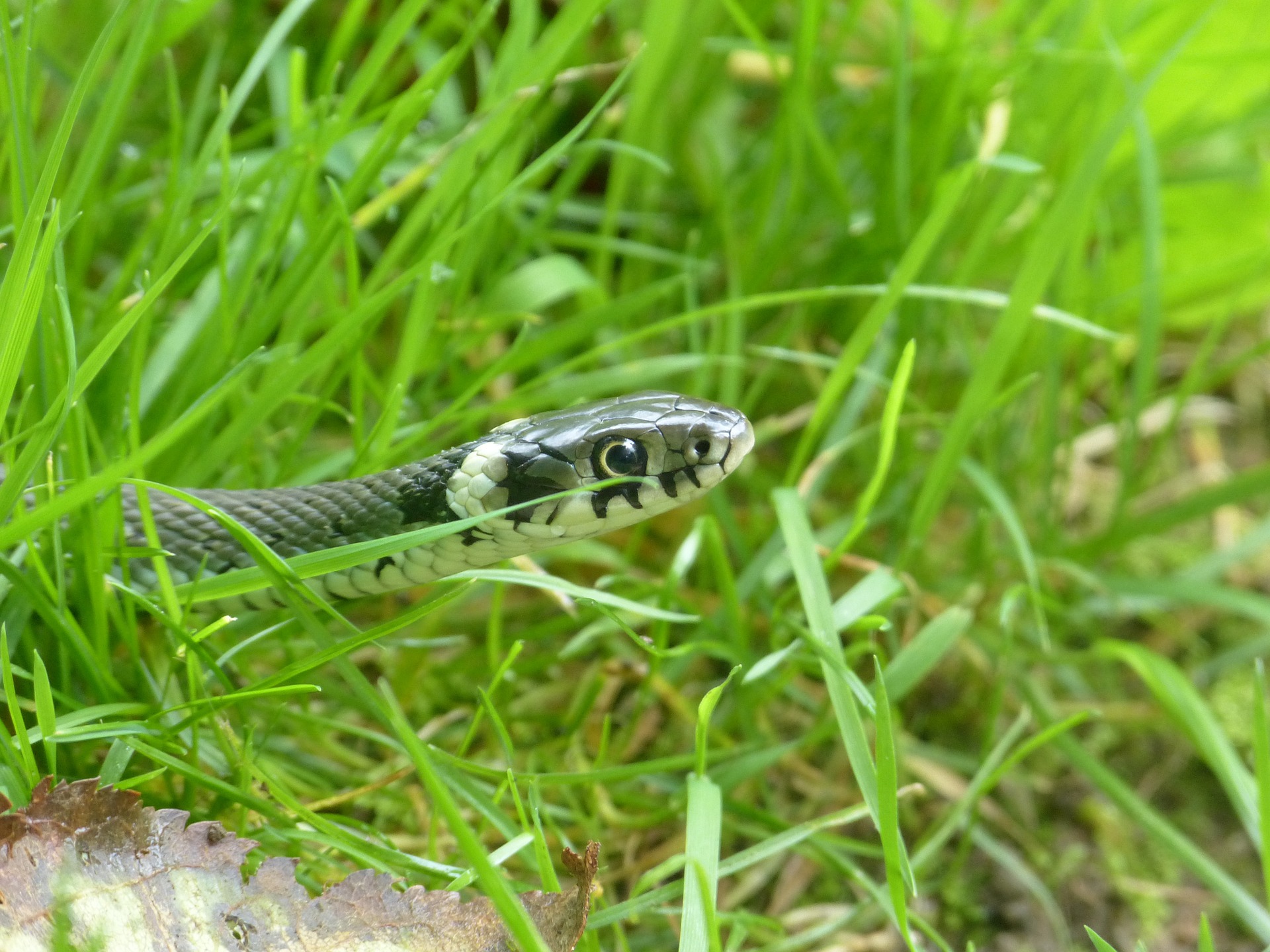
It started back in April. Two power outages, same cause – a snake. That’s right, a snake is to blame for putting hundreds, even thousands, of members in the dark.
Back on April 14, over 850 members served out of the Barefoot substation were left without power. Horry Electric’s linemen investigated and found the snake inside the substation on a regulator. A regulator is what helps maintain a constant voltage level along the power lines. The regulator does exactly as it sounds – it regulates the voltage as the amount of load on the lines change.
Fast forward to April 23. Nearly 2,100 members lost power out of the Lake Ridge substation. Why? A snake was able to get into a tricky spot and caused the entire substation to go out.
Now, fast forward to June 29. Another 2,500 members woke up to no power all because of a snake. These are considered major outages, but we have seen a couple of smaller outages where a snake is down the line somewhere.
Some of you have asked why an animal, such as a snake, is able to cause a power outage. Here’s why: “Whether it be a tree limb, a bird, a squirrel or snake… anything that has the ability to conduct electricity has the potential to short-circuit the electrical flow,” explains Jeff Spivey, Horry Electric’s substation and apparatus supervisor.
It’s summertime, which means the animals are out and about and sometimes they get into places, like substations, and cause outages. The tricky thing about snakes are their long bodies and until it’s removed, there’s going to be an outage rather than a power blink like a squirrel causes.
Animals on the lines vs. in the substation
Basically, it works the same – a short-circuit is a short-circuit. “The only big difference is the amount of fault current in the substation. The fault current is at a higher value than somewhere down the line,” says Spivey. “It will short-circuit, but it will be more violent at the substation.”
The way the system is designed to work is wherever an animal comes in contact, there’s a device up the line that’s going to clear the fault. For example, a snake gets on a transformer on a power pole that might serve three houses; the up-line sectionalizing device, which is the transformer fuse, will clear the fault.
“It’s kind of like a domino effect… wherever that up-line device falls in the sequence, from that point down is going to be out of power. It keeps outages down, but it’s also a safety factor, too,” Spivey explains.
This, of course, differs in the substation because you’re at the source of the power transformer. “At Lake Ridge, the up-line device was a circuit switcher, which feeds the power transformer, which feeds over 2,000 people,” Spivey said. “The circuit switcher did what it was supposed to do. As a result, everyone went out because the problem was reserved right within that substation.”
To backfeed or not to backfeed?
Once crews are able to diagnose the outage problem in the field, the next question they have to ask is if it makes sense to backfeed?
When it comes to an outage down the lines, sometimes crews are able to backfeed by opening one or two switches. It’s not that easy when it comes to an entire substation.
“It’s a judgment call when you’re out there,” Spivey says. Another major thing to consider is the load on the system. “You might be able to backfeed in January, February or March, but June, July and August… the loads may be too great.”
Working to prevent animal-caused outages
Horry Electric’s Supervisory Engineer Kevin Jordan pulled the outage records for the last 10 years. “The records indicate, including substation and downline outages, we’ve had nearly 60 outages caused by snakes since 2010,” Jordan says.
Some of you might ask why this is becoming more common. The answer is simple: snakes are after food. Crews are constantly on the lookout for bird nests. Birds come around looking for other critters, so we use an environmentally friendly granular deterrent, to run away critters, which in turn, moves the snakes away.
“There is still an act of nature that we can’t prevent. In some of the latest episodes, we believe a bird had the snake in its mouth and dropped it from the sky, right where he didn’t need to be,” said Mitchell Benton, supervisory engineer. “Rest assured, crews are always looking at ways to protect animals and critters, while at the same time, assuring we deliver safe, reliable and affordable electricity to our members’ homes and businesses.”
Restoration times will vary
There is no way to predict an outage restoration time, unfortunately. Whether it’s a storm related outage, an animal related outage, or an equipment failure, outage times are going to vary. Restoration times vary based on where the problem is, especially if it happens in a substation.
It’s important to remember that conditions change based on Mother Nature. Members and our crews also have to remember “Scenarios change, situations change, the environment changes… so you have to have to make wise decisions based upon all of that data put together. As long as you can do that, that makes power restoration go a whole lot easier and a lot more fluent, and naturally, it’s safer and more efficient,” Spivey says.
Rest assured, our crews will work as quickly and safely as possible to make sure your power is restored. As we always say: Your patience and prayers are appreciated.
